Hakone, in the shadow of Mount Fuji, is one of the greater Tokyo area’s most popular countryside escape destinations, thanks to its beautiful scenery, luxurious ryokans, and wealth of rejuvenating onsen (hot springs).
But it’s not all nature: along with relaxing surrounded by mountains, there is also plenty to see and do in Hakone, including wonderful art, pleasant hikes, and unique sightseeing options.
Part of the Fuji-Hakone-Izu National Park, Hakone also offers striking views of the nearby Mount Fuji (Fujisan) on clear days. And onsen lovers will find Hakone particularly appealing, as it’s one of the best places in Japan’s Kanto region to bathe in traditional hot springs.
Because Hakone is easily accessed from Tokyo, many travelers visit as a day trip, though it’s arguably best experienced as an overnight destination, including a stay of at least a night or two at a ryokan (Japanese-style inn).
Originally written in 2014, this post was updated and republished on October 24, 2022.
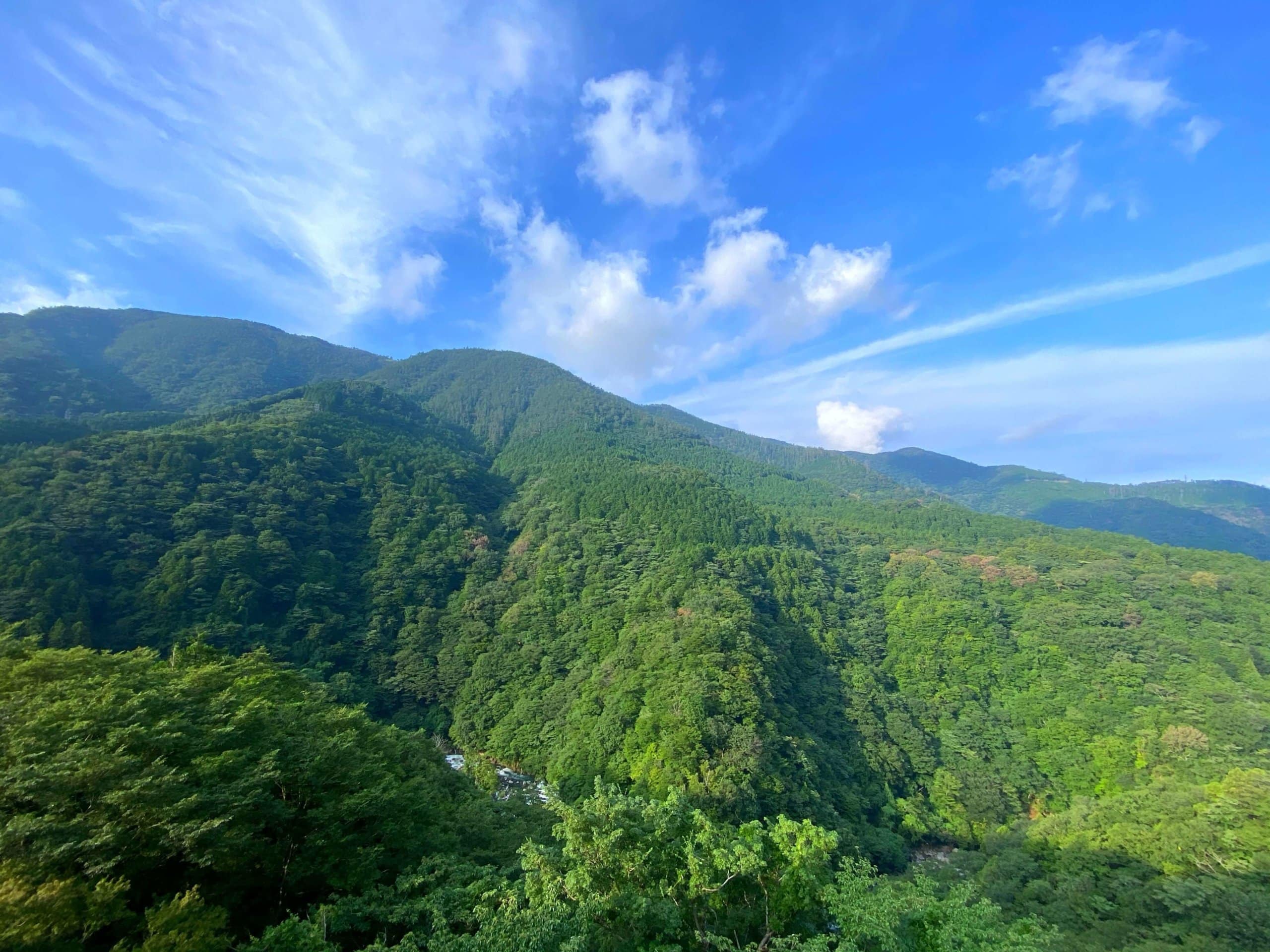
When to Visit Hakone
Hakone is worth visiting at any time of year. However, if you have the flexibility, it may be best to avoid national holidays and other peak travel periods when it’s more likely to be crowded.
Since it’s a very popular destination for Tokyoites, accommodations tend to fill up well in advance over long weekends and other major holiday periods, such as Golden Week (the first week of May), Obon (in mid-August), and New Year’s.
For more on the seasons, weather, and holidays in Japan, see When Is The Best Time To Visit Japan?
Getting to Hakone
It’s easy to get to Hakone from Tokyo.
In most cases, traveling by rail is the best and easiest option, but it’s also perfectly feasible to drive. Either way, it takes roughly 60 to 90 minutes, depending in part on where in Tokyo you’re starting your journey.
Traveling from Tokyo Station to Hakone
If you’re traveling from around the Tokyo Station area in the heart of the city, the shinkansen (bullet train) is an ideal option. From Tokyo Station, it’s just about 30 minutes by shinkansen to Odawara Station in the Hakone area. From Odawara, which is just outside Hakone, you would then need to continue into central Hakone (see below).
If you’re traveling to Hakone from the west — for example, from Kyoto or Osaka — you’ll also want to take the shinkansen to Odawara Station.
Traveling from Shinjuku Station to Hakone
If you’re traveling from around the Shinjuku Station area of Tokyo, the Odakyu Railways “Romancecar” is a great option. It takes a little longer at around 90 minutes, but it’s a pleasant ride and conveniently takes you all the way into the heart of Hakone, leaving you at Hakone-Yumoto Station.
Navigating Hakone from Odawara or Hakone-Yumoto
Whether you’ve taken the shinkansen to Odawara Station, or the Romancecar to Hakone-Yumoto Station, your next step depends on where in Hakone you’re staying. From Odawara, you can get to nearby Hakone by train, or it may make sense to have a private transfer to your accommodations (in some cases this can save quite a bit of time and effort).
For our travelers, we also often recommend the Hakone Freepass, which gives you access to local transport options including the Hakone Tozan Railway, Hakone Tozan Cable Car, Hakone Ropeway, local buses, and the cruise across Lake Ashi (Ashinoko).
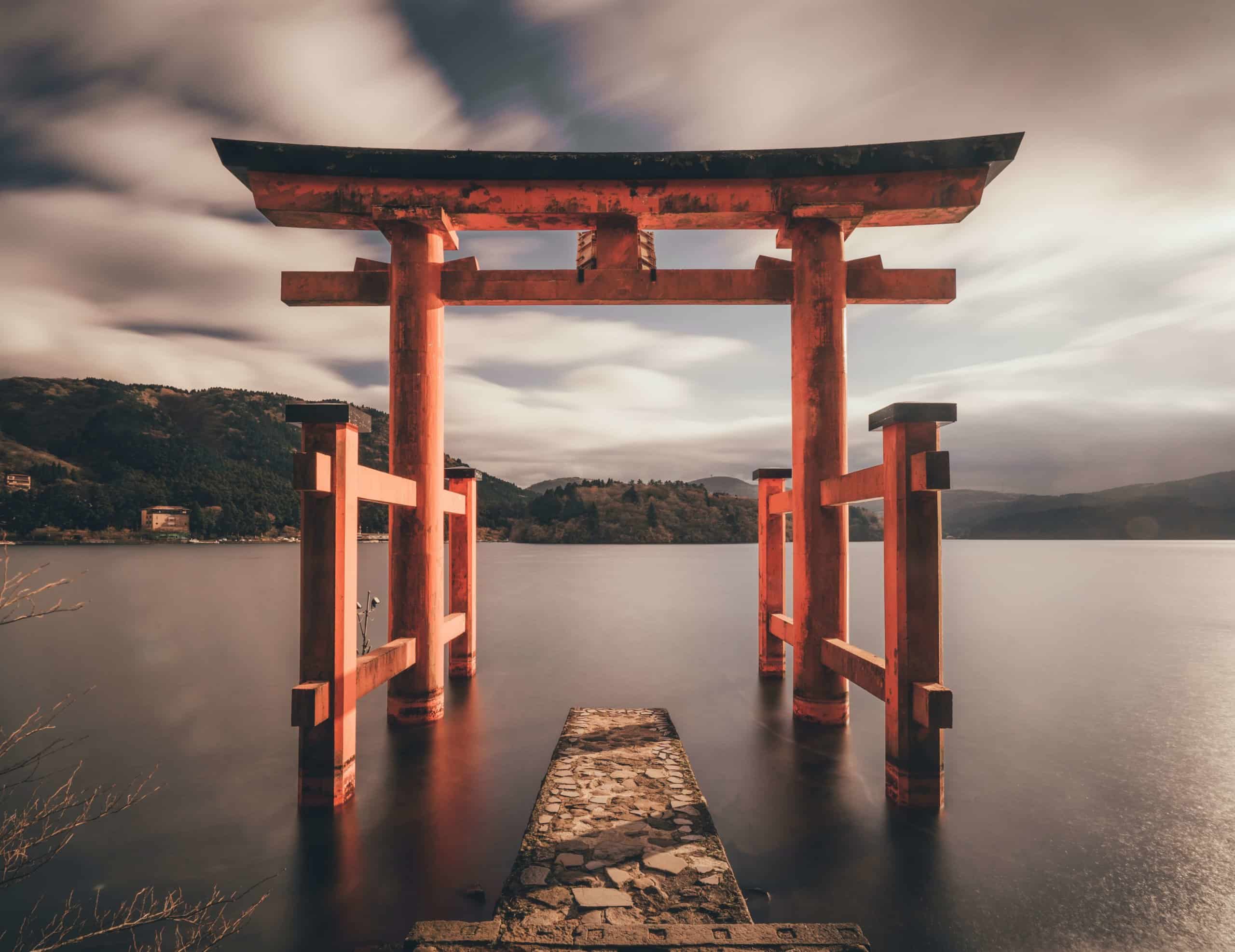
What to Do in Hakone
In addition to relaxing at your ryokan, Hakone offers plenty to do.
Explore Hakone’s Art Museums
Hakone offers a handful of excellent art museums, including these three standouts. (If you have more time in the area, and love architecture, also see Enoura Observatory below.)
Hakone Open-Air Museum
With Hakone’s natural beauty as its backdrop, the Hakone Open-Air Museum features impressive sculptures by renowned artists including Rodin, Miro and Henry Moore, not to mention an impressive Picasso collection. In keeping with the spirit of Hakone, there are also natural hot spring foot baths where you can relax after exploring, and family-friendly play areas for those traveling with children.
Pola Museum of Art
Also making use of Hakone’s natural environment, the Pola Museum of Art features works by both celebrated Japanese and European artists. The attractive modern structure aims to highlight the surrounding forest, and along with the artworks, it’s worth enjoying the museum’s “Art Nature Trail,” which showcases the lush landscape and local flora and fauna of this lovely slice of the Fuji Hakone Izu National Park.
Okada Museum of Art
The Okada Museum of Art specializes in works from throughout East Asia, with an outstanding collection of ceramics and sculptures from Japan, China, and Korea. Other art forms are also represented, with a slight emphasis on ancient works but also pieces from the present. To complement the artworks enjoy a stroll in the museum’s Japanese garden, or a peaceful break in its teahouse.
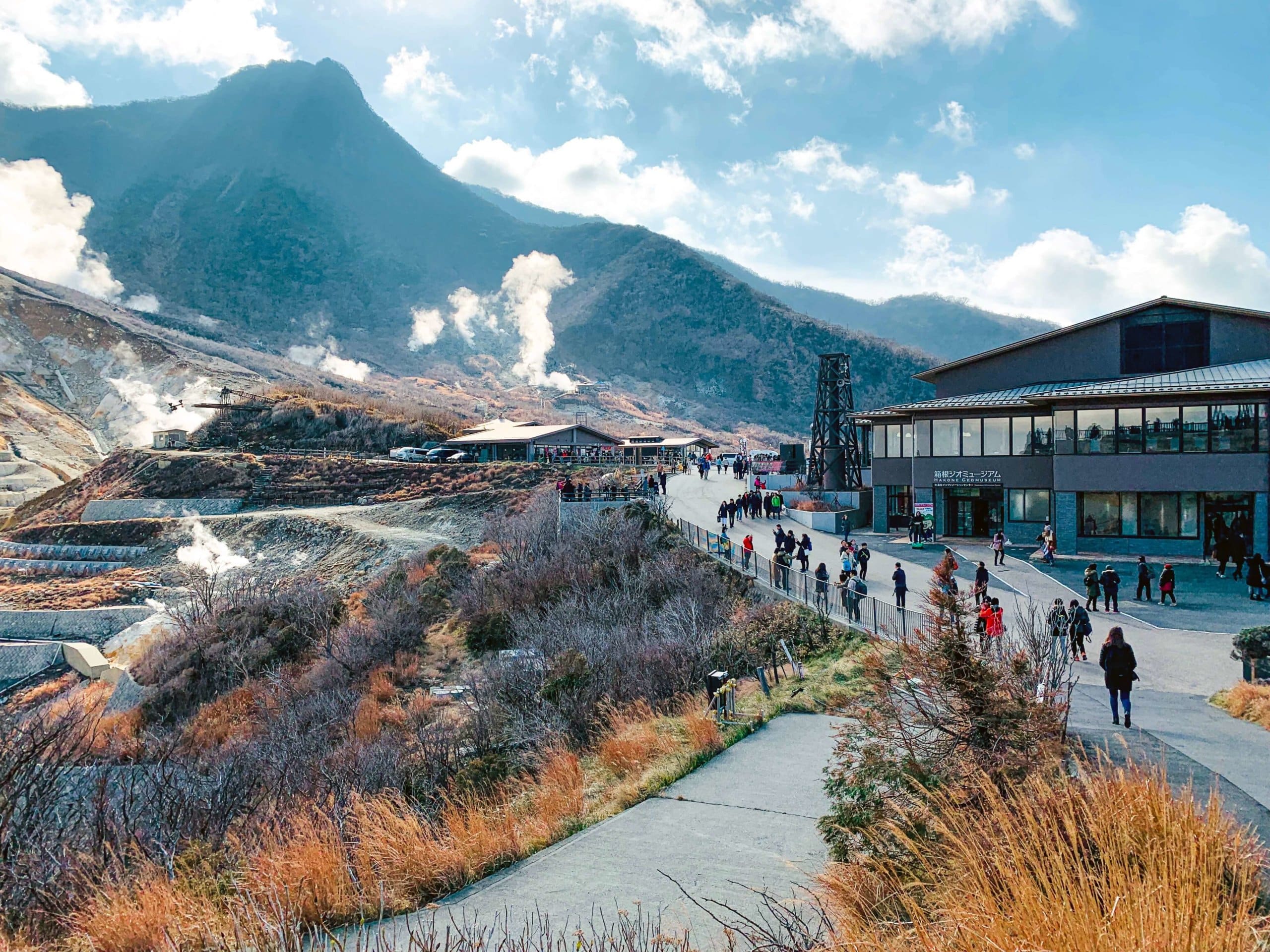
Enjoy the Views from the Hakone Sightseeing Loop
We usually steer clear of touristy activities, but Hakone’s sightseeing loop (also referred to as the Hakone round course) can be a fun way to spend a few hours (or as long as a full day) taking in a variety of landscapes.
The Hakone Freepass (mentioned above under Getting to Hakone) makes doing the loop easy, and there are plenty of things to see, do, and eat along the way. Food lovers will be tempted to stop off at Owakudani, a Hakone Ropeway transfer point, to sample the renowned kuro-tamago (black eggs boiled in onsen waters containing sulfur and iron).
The Hakone loop takes you around the area on various modes of transport including:
Hakone Tozan Railway
The Hakone Tozan Railway is Japan’s oldest mountain railway. It consists of two sections: the lower section from Odawara to Hakone-Yumoto, and the upper section from Hakone-Yumoto to Gora.
The second section is the more spectacular of the two. The small mountain train winds through a narrow wooded valley, taking you through tunnels and over scenic bridges, with switchbacks and stops at small stations along the way.
Hakone Tozan Cable Car
The Hakone Tozan Cable Car is a funicular railway that links the first stop of the Hakone Railway, Sounzan Station, with the last stop, Gora Station, transporting passengers to a height of 702 ft (214 meters). The entire journey takes around 9 minutes, and you’ll be able to enjoy views of Hakone as you ascend.
Hakone Ropeway
Once at Sounzan, you can connect to the Hakone Ropeway, an aerial lift that links Sounzan and Togendai via Owakudani. A full journey on one of the ropeway’s gondolas takes around 30 minutes, and along the way you can take in views of the steaming sulfur fields and hot spring sources of the Owakudani Valley.
Cruise Across Ashinoko (Lake Ashi)
Hakone is located on the shores of Ashinoko, a crater lake formed 3,000 years ago, after Mount Hakone’s last volcanic eruption. Out on the clear lake, weather permitting, you’ll be surrounded by views of forested land and mountains.
If you’re lucky and the weather is extra clear, you may enjoy unobstructed views of Mount Fuji as you cruise across the lake. A cruise from one end of the lake to the other takes roughly 30 minutes on the quirkily themed boats, and will take you past the iconic red gate of the Hakone Jinja shrine.
Visit Hakone Jinja (Hakone Shrine)
After cruising across Lake Ashi (see above), it’s a nice walk of about 30 minutes from Hakone-Machi to Moto-Hakone, where you’ll find the beautiful Hakone Shrine. The walk takes you along part of the old Tokaido highway, which connected Kyoto and Tokyo during the Edo Period.
You’ll pass the reconstructed Hakone Checkpoint (an interesting stop for history lovers), and walk through the attractive Cedar Avenue, lined with trees planted in the 17th century. Finally, reach Hakone Jinja, a Shinto shrine best known for its much-photographed torii gate facing out onto Ashinoko.
Make a Side Trip to the Enoura Observatory
While not located in Hakone itself, for lovers of art, architecture, and design, it is worth considering a detour to visit the impressive Enoura Observatory, designed by Hiroshi Sugimoto. Visits to the Enoura Observatory must be planned in advance, both because it’s a little out of the way, and most importantly because tickets to the observatory are by reservation only.
If visiting from Hakone, plan to allot the better part of a day. In some cases, it may be best to plan to visit either en route to or from Hakone.
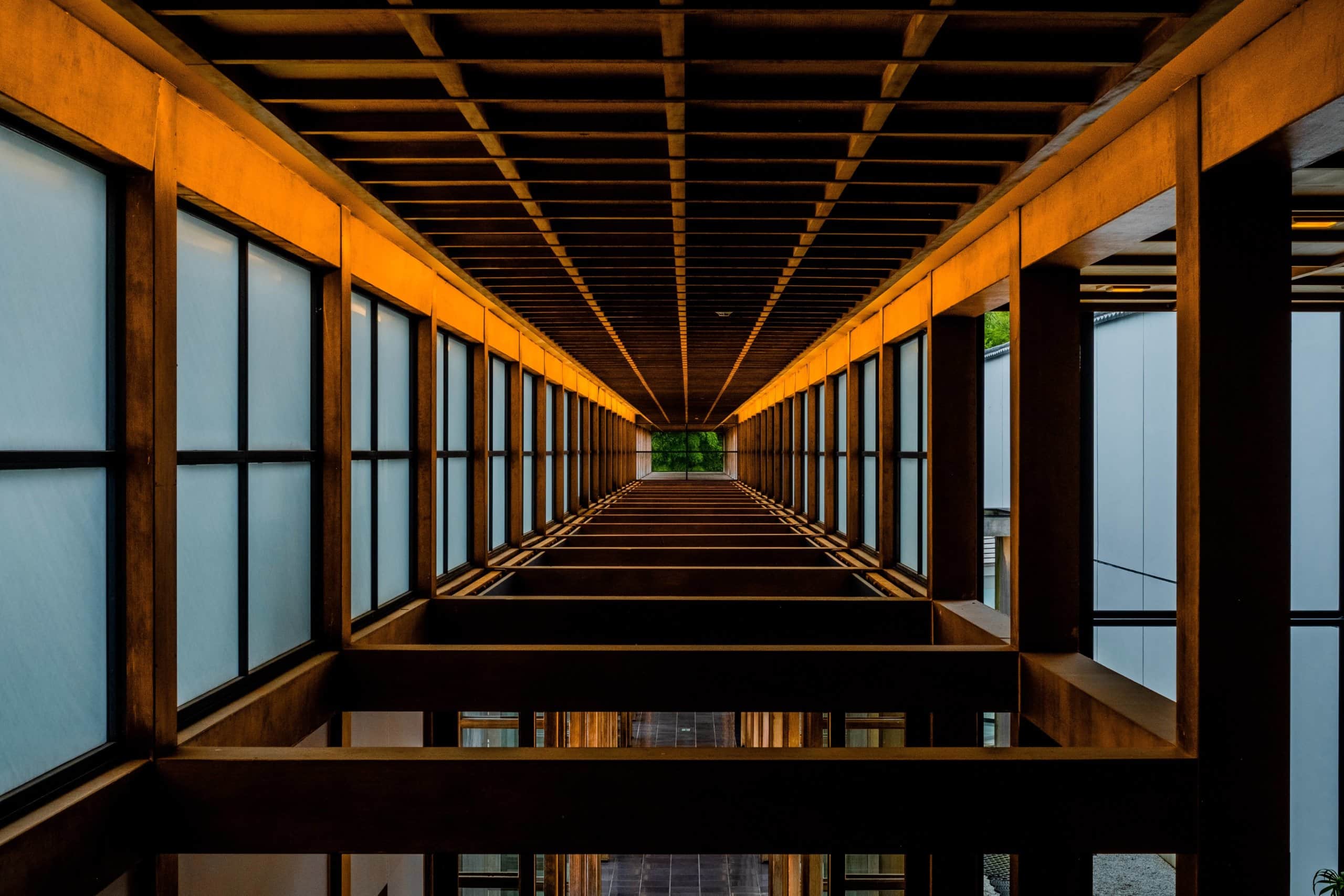
Where to Stay in Hakone
Hakone is blessed with numerous spectacular ryokans and hotels, where you can savor the surrounding scenery, soak in soothing onsen, and enjoy local and seasonal cuisine.
For many travelers, visiting Hakone is the ideal opportunity to experience a traditional ryokan, though the area features non-ryokan options as well (if you’re not sure what a ryokan stay entails, take our virtual ryokan tour).
To help you select accommodations, we’ve put together a short list of our favorite Hakone ryokans, along with some of our favorites in other areas we love.
If you enjoy daydreaming about accommodations, in general, see our curated list of Japan’s best boutique and luxury hotels.
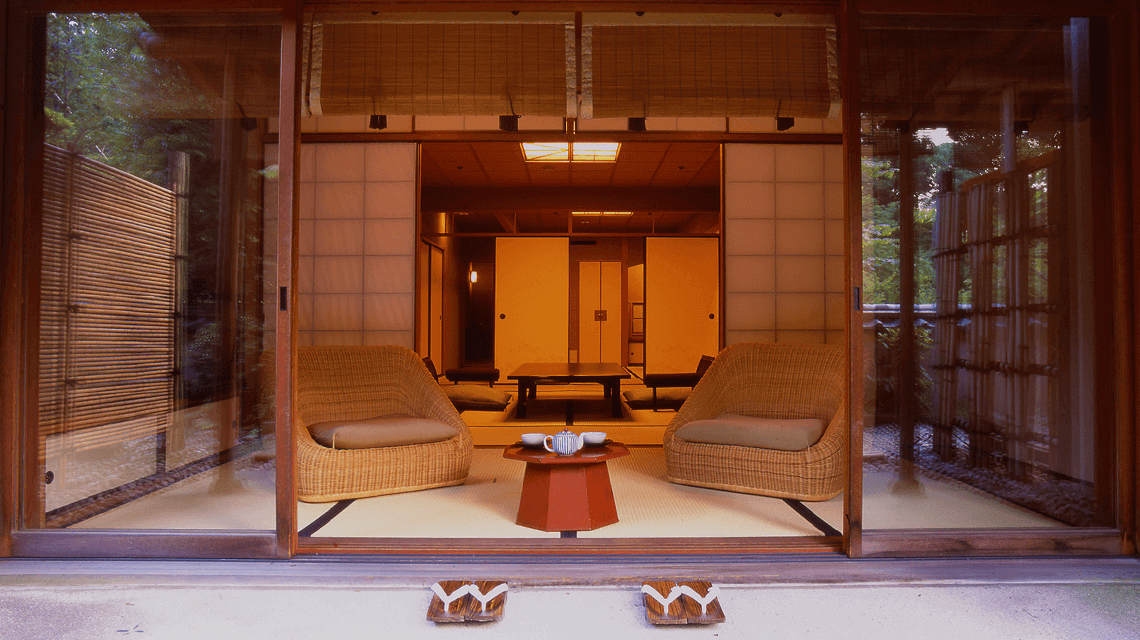
We hope our introduction to Hakone helps you get the most out of your visit! For more travel inspiration, see our guide to Japan’s best destinations.



